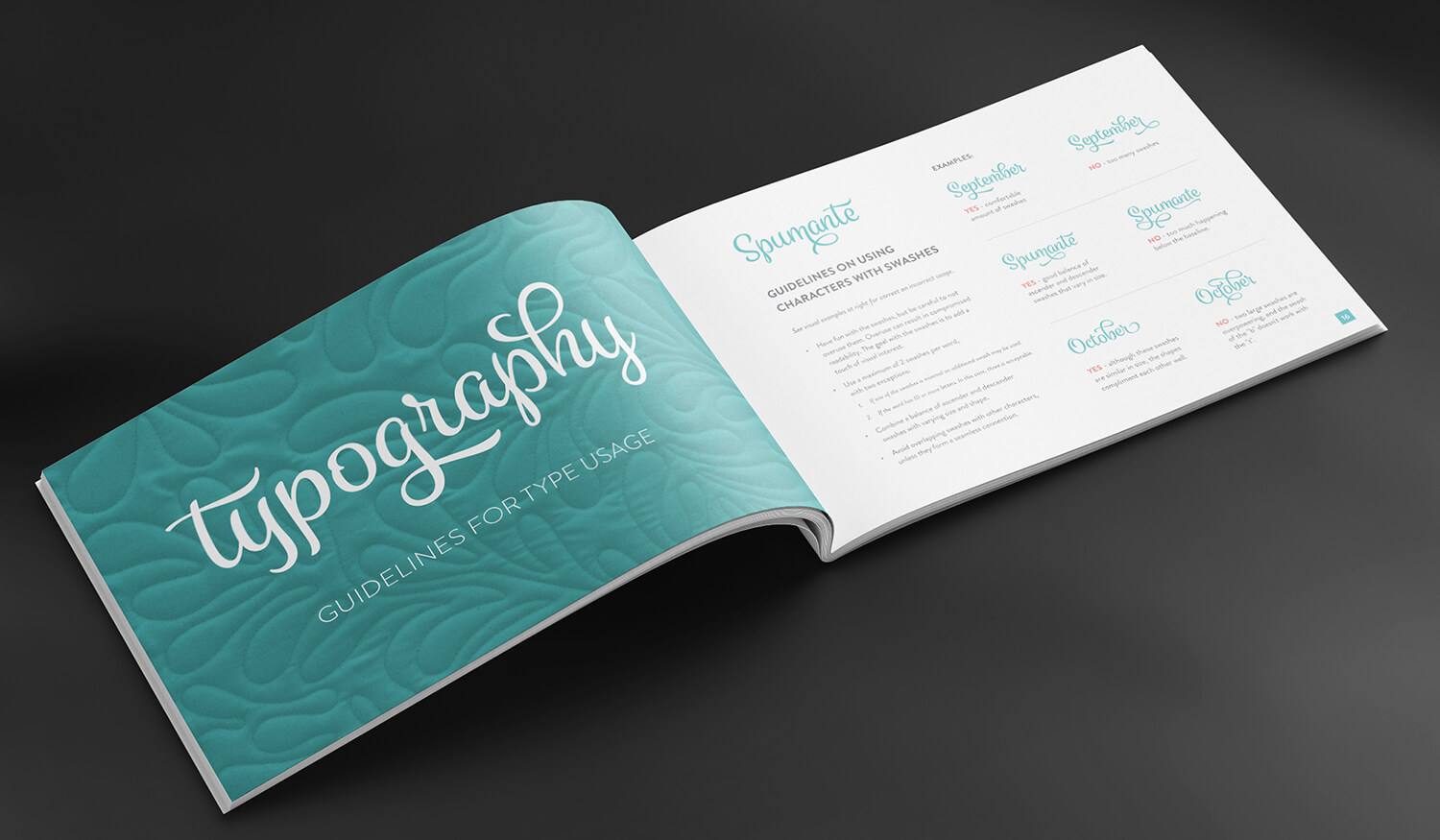
What is a Design System and Why it is Important?
In the world of marketing, maintaining consistency across various brand touch points is essential for success. Design systems have proved to be a powerful way to enhance brand identity, promote visual consistency, and streamline creative processes. I was recently asked by DesignRush to provide insight into how design systems benefit my clients, so I thought I’d build on that and explain what a design system is and why it is beneficial.
What is a Design System?
A design system is a comprehensive set of guidelines, assets, and rules that ensure consistency across all media. It serves as the center of design elements, including type styles, color palettes, patterns, graphic elements, icons, photography style, UI components, and templates, along with the rules for their usage. Design systems are a key tool for designers, marketers, and developers that establishes a basis for a harmonious visual language.
Enhancing Brand Consistency
One of the most significant advantages of implementing a design system is the ability to maintain brand consistency. Consistency is crucial for creating a recognizable and memorable brand image. When every brand touch point follows the same guidelines, it reinforces the brand’s identity and builds trust with the audience. With a w ell-defined design system, the logo, colors, typography, and other visual elements stay consistent. This consistency is particularly vital in multi-channel marketing efforts where visuals must work together across print, web, social media, and more.
Does implementing a design system mean that everything in my brand will look exactly the same?
No, and nor should it! The goal of a design system is to help ensure that all visual communications feel like they are coming from the same place. These guidelines are not meant to confine your brand. A great design system allows room for creativity, flexibility and adaptability to create compelling designs that work with your content and media. While they provide structure, they also foster creativity. By offering a solid foundation, designers are free to experiment within the established framework. This creative freedom encourages innovative solutions, resulting in impactful marketing campaigns.
Streamlining Workflows and Collaboration
Design systems are a powerful tool for streamlining workflows. They simplify the design process by providing elements and templates, which save time and effort. Designers don’t need to start from scratch each time they create a new piece of content as the design system’s assets serve as a starting point. This efficiency increases productivity greatly. In turn, design systems that streamline workflows leads to cost savings. When design assets are standardized, companies can avoid the potential costs associated with inconsistent branding leading to more rounds of revisions.
Design systems also make collaboration within cross-functional teams easier. With one source of guidelines, all team members can use the same design assets, ensuring everyone is on the same page. This facilitates efficient communication as everyone is following the same guidelines. As a result, projects are completed faster with fewer rounds of revisions.
Cool! Now I know that I need a brand system.
What’s next?
We start by establishing the heart of your brand – your brand identity. This includes the logo, typography and color palette. From there, we implement the brand identity across various touch points building a library of assets. Read more about the process of working with me here.
The deliverables of a design system includes a library of logo variations, icons, patterns, templates, and example designs, and most importantly, a brand standards guide book. The templates and example designs should include mockups and layouts for common brand touch points like business cards, print collateral, e-mail blasts, web pages, social media graphics and presentations. This is just an example, as exact deliverables vary based on your needs.
Let's Talk About My New Brand!

